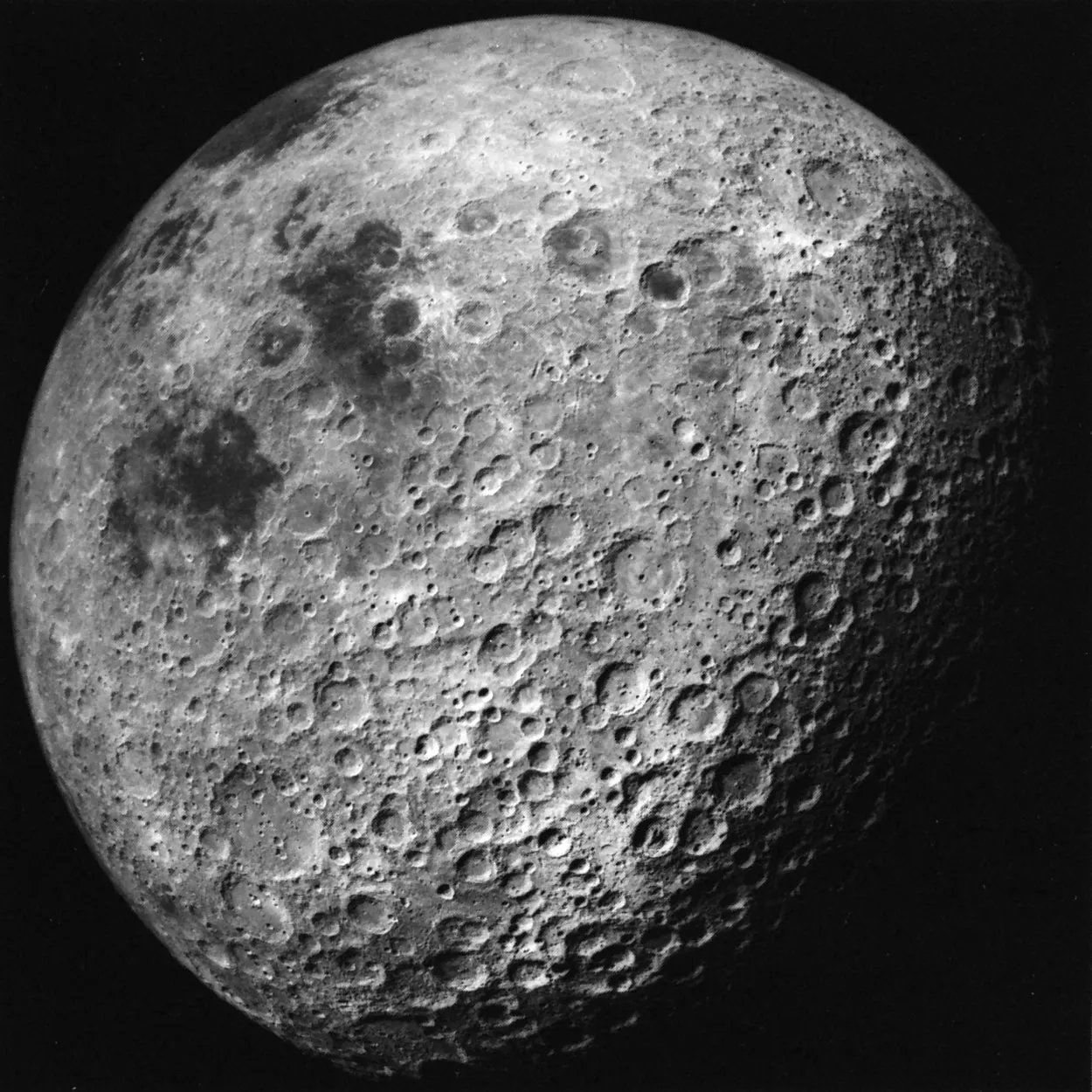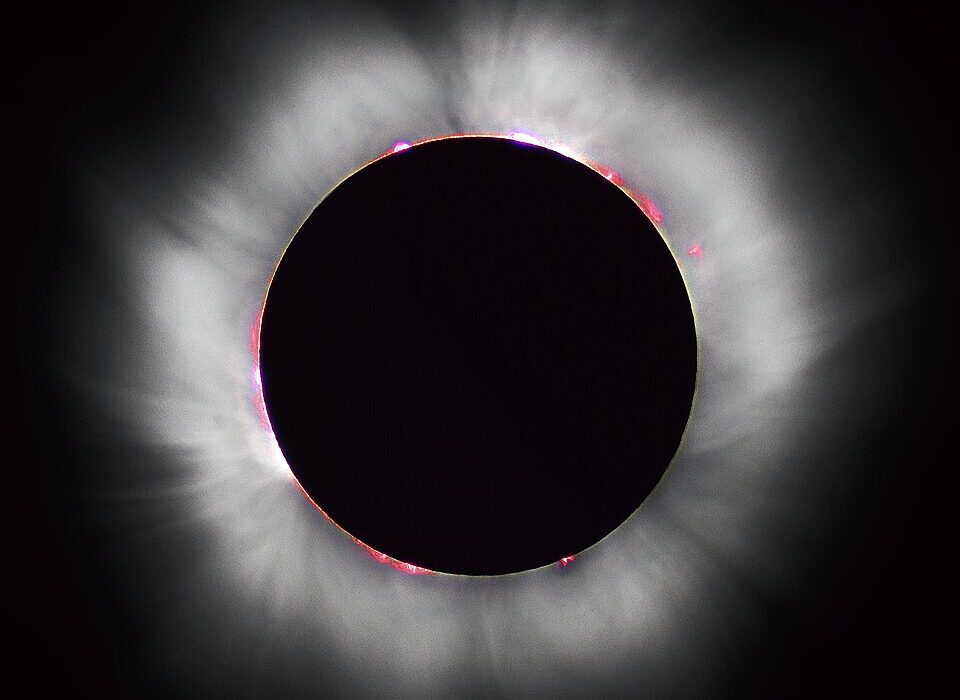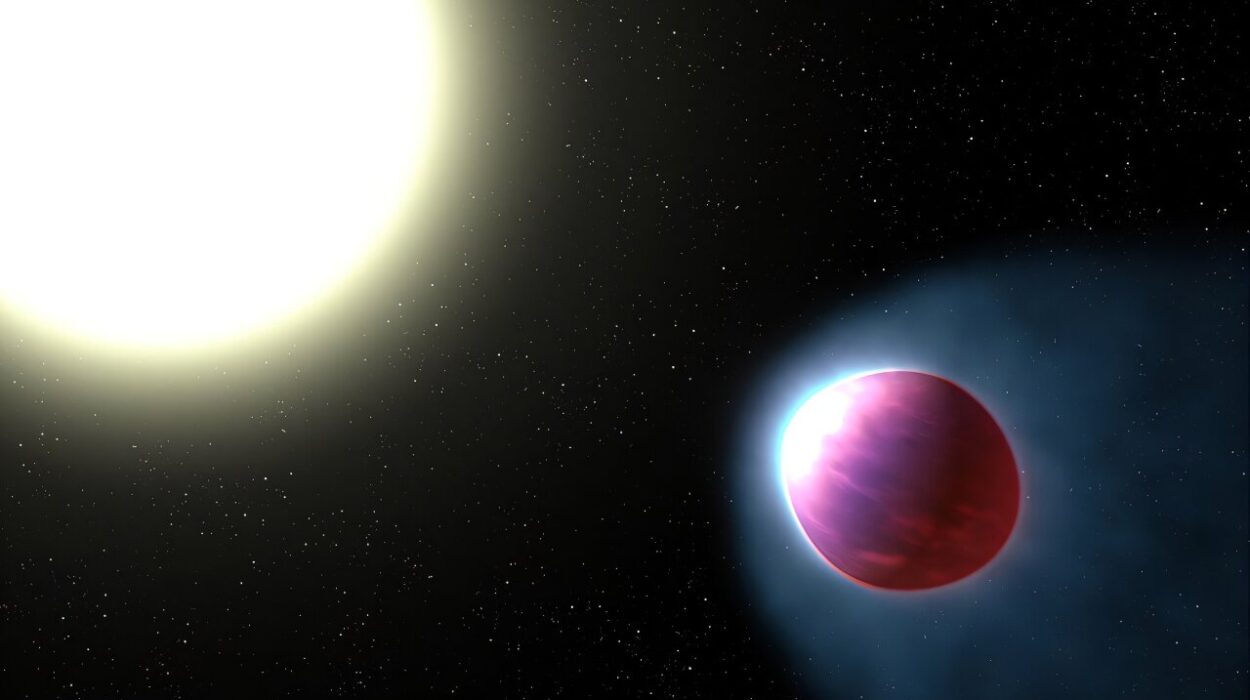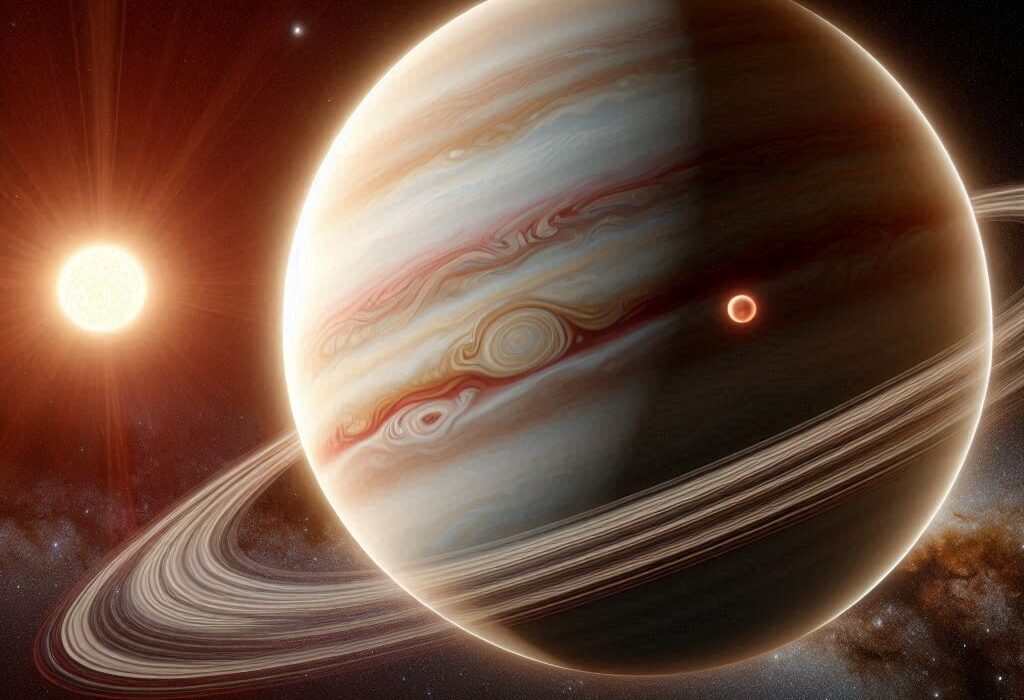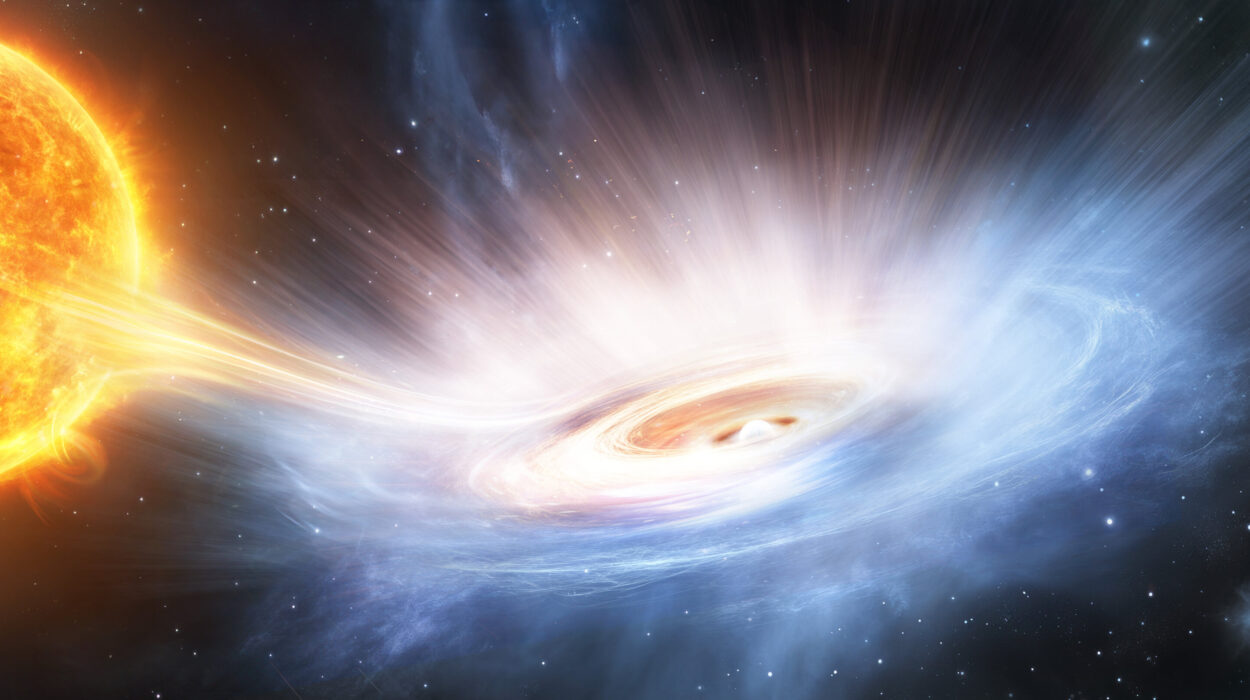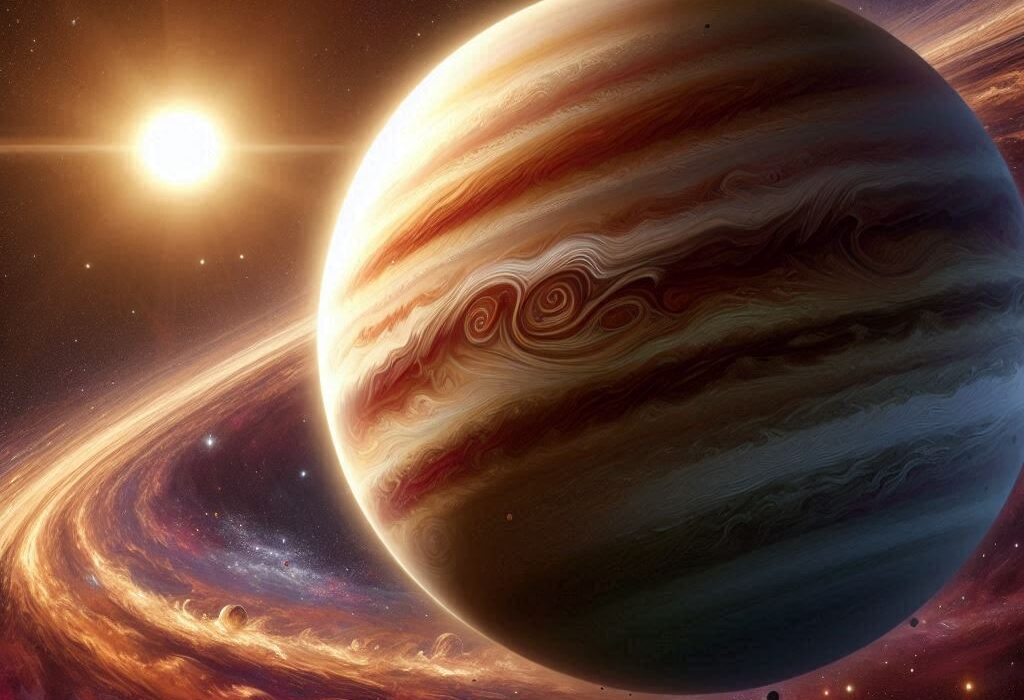The global conversation surrounding resource extraction from both Earth’s oceans and outer space is intensifying, with profound implications for the sustainability of both Earth-bound and space-based activities. The debate over mining the seabed for essential materials used in the production of electric vehicles (EVs) and other technology is becoming increasingly contentious. But as we explore the depths of Earth’s oceans and the expanses of outer space, one question looms: What precedents will we set today that could affect how humanity utilizes extraterrestrial resources, particularly on the moon and Mars?
This issue, seemingly confined to the oceans and outer space, has vast implications for the future of space exploration, sustainability, and the management of space traffic. The outcome of international discussions on seabed mining and space debris could pave the way for policies that shape the future of space exploration, particularly mining the moon, and the growing necessity to manage the mounting issue of space junk.
The Oceans and Space Mining: Lessons in Governance
The debate over mining the ocean floor, particularly for rare minerals crucial to the technology sector, has stirred international tension. These minerals are essential to the development of electric cars, smartphones, and other devices, positioning seabed mining as a vital endeavor for the future. However, as nations weigh the benefits of tapping into these resources, concerns about environmental impacts, long-term sustainability, and governance are at the forefront.
As of now, the international legal framework for mining the seabed remains unclear. There is no definitive resolution about whether and how it should be conducted. Decisions made in this contentious space will not only affect the marine environment but also set significant precedents for mining operations beyond Earth. The regulatory structures, ethical concerns, and technological challenges associated with oceanic resource extraction are likely to have far-reaching consequences for similar endeavors in space, especially when it comes to lunar mining. The lessons learned in regulating ocean mining could become a template for establishing sustainable space operations and safeguarding celestial bodies, such as the moon and Mars, from similar ecological destruction.
Space Traffic Management and the Growing Problem of Space Debris
One of the most pressing concerns in the discussion about the future of space exploration is space debris—the increasing accumulation of defunct satellites, rocket parts, and other discarded objects that litter Earth’s orbits. This issue has grown exponentially as spacefaring nations launch more satellites, many as part of mega-constellations that aim to provide global internet coverage. As of now, there are over 40,500 tracked objects larger than 10 cm orbiting Earth, with 1.1 million objects larger than 1 cm, many of which are debris. These objects pose a serious risk to operational satellites, spacecraft, and the safety of astronauts.
The escalation of space debris underscores the urgent need for international governance and active debris removal strategies. The United Nations (UN) has been involved in discussions on space traffic management, active debris removal, and preventing the contamination of Earth’s orbit. However, a significant challenge remains: the current guidelines are non-binding, and there is no enforceable regulatory framework to ensure compliance.
The issue of space debris is not limited to Earth’s orbit. As humanity plans to explore, mine, and potentially settle on the moon and Mars, there is growing concern about the future of space debris beyond Earth. Lunar and Martian orbits could soon become congested with the debris from satellites, lunar landers, and space exploration equipment. Just as on Earth, without proper management and cleanup mechanisms, the accumulation of debris could render these orbits unusable, hampering future exploration and exploitation of resources.
Addressing Space Debris: The Role of UN COPUOS and the Artemis Accords
The UN Committee on the Peaceful Uses of Outer Space (UN COPUOS) has been at the forefront of the space debris conversation. Although the committee has recommended guidelines for managing space traffic, these are largely voluntary, and the absence of mandatory enforcement mechanisms means that many countries have not fully committed to preventing space debris. Some nations have even resisted mandatory debris mitigation measures, arguing that they are “premature” or that they limit national sovereignty in space activities.
In 2020, NASA introduced the Artemis Accords, a framework for international cooperation in the return to the moon. Section 12 of the Artemis Accords addresses the issue of space debris and stresses the importance of protecting the space environment. This includes mitigating debris not just in Earth orbit but also in the orbits around the moon and other celestial bodies. These accords could serve as a crucial step in the global effort to preserve outer space from pollution and congestion.
However, the real test will be whether these non-binding guidelines evolve into legally enforceable agreements. As the number of spacefaring nations increases, the risks associated with space debris will likely grow. To mitigate these risks, robust legal frameworks must be developed that require all nations to actively participate in debris removal efforts, avoid further contamination of space environments, and ensure that the orbits of the moon and Mars are not treated as a dumping ground for defunct satellites and discarded equipment.
The Moon and Mars: The Next Frontier of Space Pollution
The eventual exploitation of resources on the moon and Mars presents new challenges in terms of space debris management. Mining operations on the moon, for instance, would likely involve the deployment of various mining equipment, satellites, and other infrastructure. Yet, as it stands, no formal plans are in place for the clean-up of objects in lunar orbit, even though satellite constellations and space stations are expected to be deployed soon.
For example, China and Russia are collaborating on plans to launch a space station in lunar orbit, while the European Space Agency (ESA) is considering the deployment of small satellite constellations under its Moonlight program to provide telecommunications and navigation services. These activities, while promising for scientific and economic progress, risk contributing to space pollution around the moon.
Similarly, as nations like the U.S., India, China, and the European Union explore the mining potential of the moon, there are no clear guidelines in place for the removal of objects from lunar orbit after their use. Without international regulation, the lunar orbit could eventually become just as cluttered as Earth’s orbit, rendering it difficult or even impossible to utilize in the future.
Sustainability in Space: A Global Call to Action
The lesson from Earth’s oceans and the challenges posed by ocean floor mining are clear: if humanity is to use outer space responsibly, especially for resource extraction and future settlements, strong international regulations are necessary. The environmental consequences of space debris and the pollution of lunar and Martian orbits cannot be ignored. If humanity is serious about expanding beyond Earth, it must adopt policies that ensure the long-term sustainability of space.
Experts are now calling for binding international agreements that go beyond voluntary guidelines and establish clear rules for space debris mitigation, traffic management, and the clean-up of lunar orbits. This would include strategies for debris removal from lunar orbit, as well as provisions for the eventual safe disposal of mining equipment and infrastructure.
To achieve these goals, the global community will need to collaborate more closely. Space agencies, such as NASA, ESA, Roscosmos, and JAXA, must work together to develop technologies for active debris removal, and countries must agree on international norms and standards for space activities. Without strong, coordinated action, the exploration and sustainable use of the moon, Mars, and other celestial bodies could be severely compromised.
Conclusion: Shaping the Future of Space
The way we manage space today will directly impact humanity’s ability to thrive in space tomorrow. As we look to the future of space mining, space traffic management, and debris control, the international community must take swift and decisive action. The establishment of binding regulations to protect outer space from contamination and overcrowding is essential to ensuring that future generations can continue to explore and utilize space resources.
The precedents we set today—whether they relate to ocean resource extraction, space debris mitigation, or lunar exploration—will shape the sustainability of space activities for centuries to come. Now, more than ever, the global community must come together to ensure that space remains a safe, accessible, and sustainable environment for future generations of explorers.
Reference: Joseph N. Pelton et al, Mining the ocean floor vs mining the Moon: what can we learn from our past experiences?, Frontiers in Space Technologies (2025). DOI: 10.3389/frspt.2024.1499486
